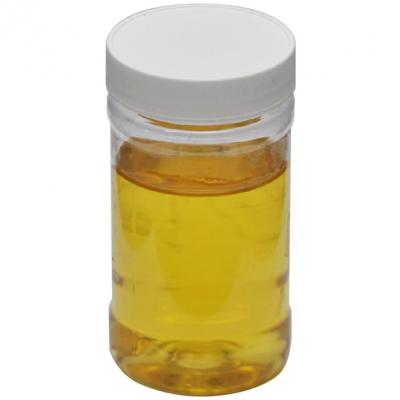Textile fabric pretreatment is an essential process in the textile industry. It is the foundation for the production of high-quality textiles. This process involves the removal of impurities, such as dirt, oil, wax, sizing, and other substances that might have adhered to the fabric during the manufacturing process. Pretreatment of textile fabric ensures that the fabric is prepared properly for dyeing, printing, and finishing. In this article, we will discuss the various processes and chemicals used in textile preparation.
What is Textile Fabric Pretreatment?
The pretreatment of textile fabric refers to the process of preparing textile fabrics for further processing. The objective of pretreatment is to remove all impurities from the fabric to achieve optimal color and finish. This process aims to remove natural oils, waxes, and other impurities that may have been generated in the manufacturing process. Fabric pretreatment can occur once or during multiple phases of textile processing.
Processes of Textile Fabric Pretreatment
Textile fabric pretreatment involves various processes such as desizing, scouring, and bleaching. These processes are essential for removing impurities from the fabric.
Desizing: Desizing is the process of removing sizing agents that might cling to fabric fibers after the weaving process. This substance is typically applied to cotton, linen, and other natural fibers. The sizing agents must be removed before the fabric can be dyed or printed. Enzymatic desizing is a modern technique that has gained popularity due to its environmental benefits.
Scouring: Scouring is a process that involves the removal of natural oils, waxes, and other impurities that may have accumulated on the fabric during manufacturing. This process ensures that impurities do not interfere with the dyes and other chemicals employed during dyeing and printing.
Bleaching: Bleaching is an optional process that involves the use of chlorine and hydrogen peroxide to remove any remaining impurities from the fabric. This process improves the whiteness, brightness, and absorbency of textile fabrics.
Chemicals Used in Textile Fabric Pretreatment
Various chemicals are employed during textile fabric pretreatment. These include:
Soda Ash: Soda ash is used during scouring to remove impurities from the fabric. It also helps to maintain the alkalinity of the scouring bath.
Caustic Soda: Caustic soda is used during the scouring and bleaching processes. This strong base helps to remove impurities, oils, and any other substance adhering to the fabric.
Hydrogen Peroxide: This chemical is used in the bleaching process to remove any remaining impurities. It is also used to improve the whiteness and brightness of the fabric.
In conclusion, pretreatment of textile fabric is an essential process that aims to remove impurities from the fabric. This process prepares the fabric for dyeing, printing, and finishing. The processes of textile fabric pretreatment include desizing, scouring, and bleaching. Various chemicals are used during this process, including soda ash, caustic soda, and hydrogen peroxide. In essence, textile fabric pretreatment is critical for the manufacturing of high-quality textiles.



 English
English  日本語
日本語  Español
Español  tiếng việt
tiếng việt  Türkçe
Türkçe  ไทย
ไทย  українська
українська  हिंदी
हिंदी  বাঙালি
বাঙালি  اردو
اردو 


